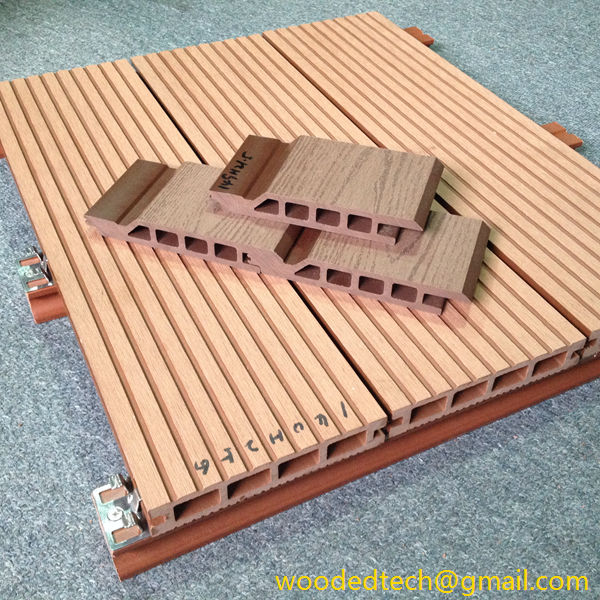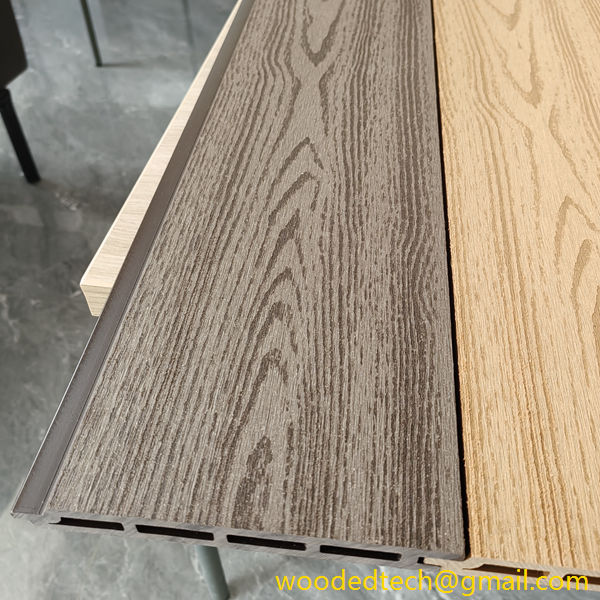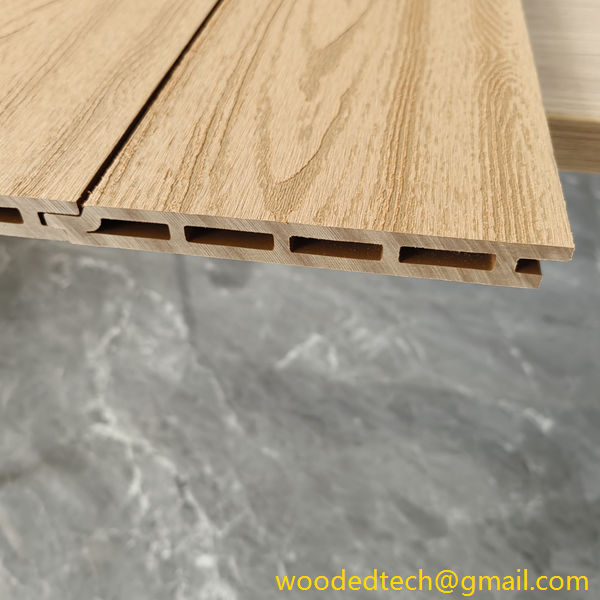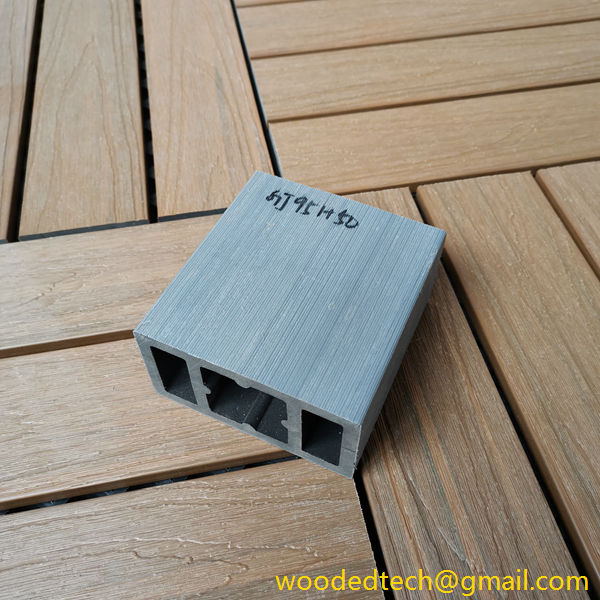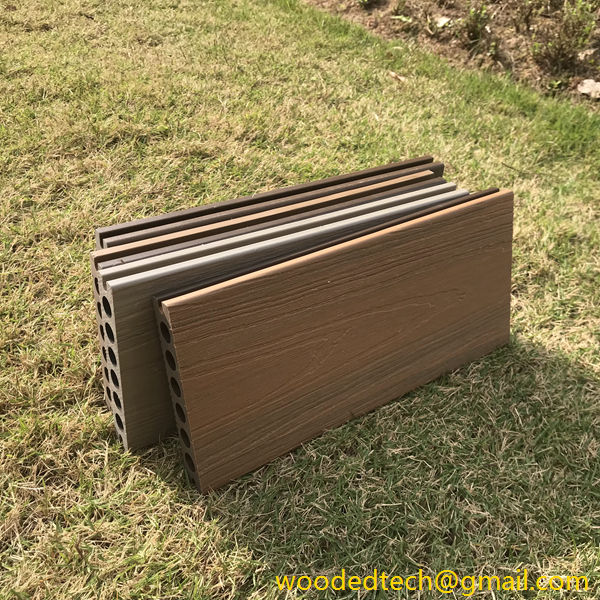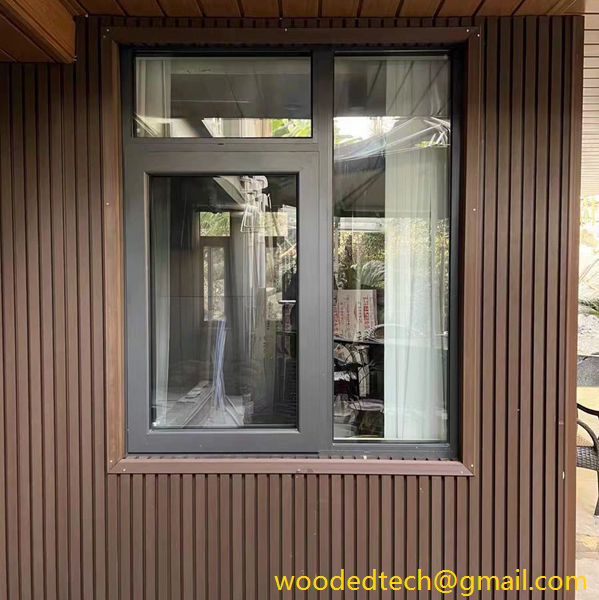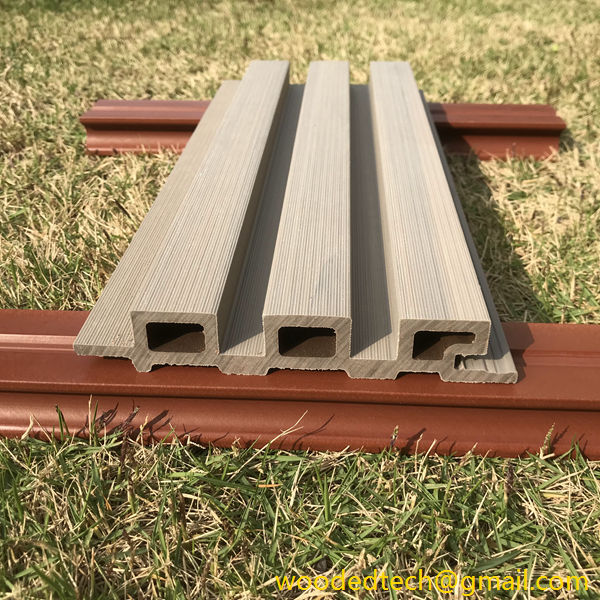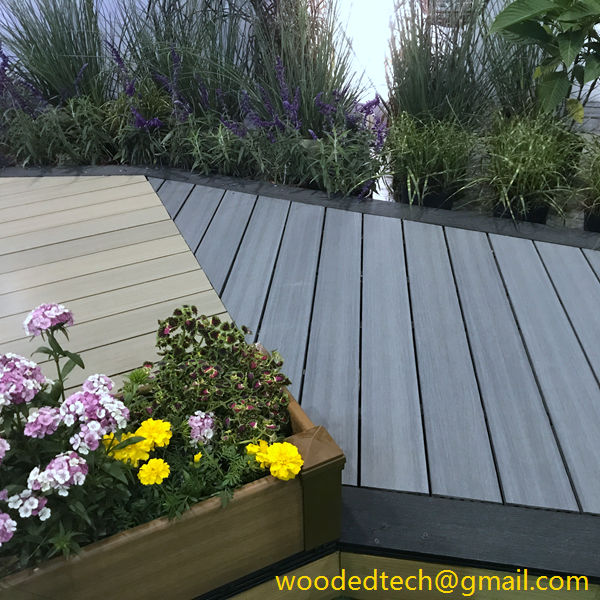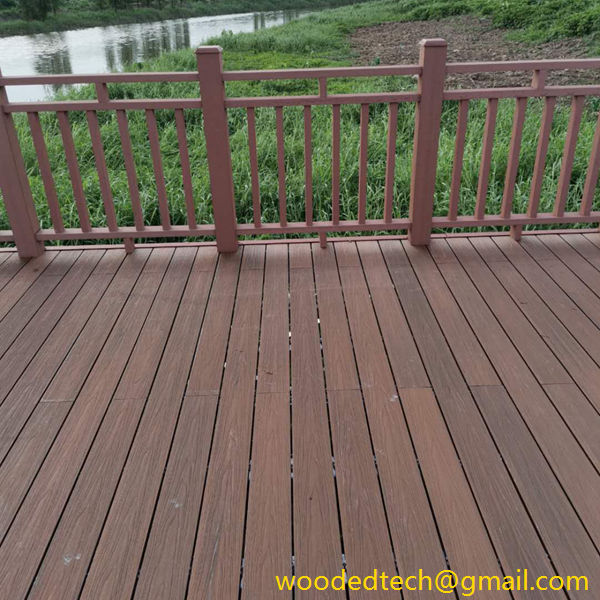Learn What Is Composite Cladding and How It Transforms Building Exteriors with Style and Durability
Learn What Is Composite Cladding and How It Transforms Building Exteriors with Style and Durability Composite cladding is a modern building material that has gained significant popularity for its ability to transform the exterior of buildings while offering both style and durability. As architects, builders, and homeowners alike seek solutions that combine aesthetic appeal with…
Learn What Is Composite Cladding and How It Transforms Building Exteriors with Style and Durability
Composite cladding is a modern building material that has gained significant popularity for its ability to transform the exterior of buildings while offering both style and durability. As architects, builders, and homeowners alike seek solutions that combine aesthetic appeal with long-lasting performance, composite cladding stands out as an ideal choice. In this article, we will delve into what composite cladding is, its various benefits, and how it can enhance the appearance and functionality of building exteriors.
To begin with, composite cladding is made from a blend of materials, typically combining wood fibers or sawdust with synthetic resins or plastics. This unique combination results in a product that mimics the look of natural wood while providing enhanced durability and resistance to the elements. The material is manufactured in various forms, including panels, boards, and planks, which can be used in a variety of applications, from residential homes to commercial buildings.
One of the most significant advantages of composite cladding is its impressive aesthetic versatility. With a wide range of colors, textures, and finishes available, composite cladding can complement any architectural style. Whether a building is designed in a contemporary, rustic, or traditional style, composite cladding can enhance its appearance and make it stand out in the landscape. The ability to replicate the look of natural materials while offering superior performance makes it a favored choice among designers and homeowners alike.
In addition to its visual appeal, composite cladding is known for its durability. Unlike traditional wood cladding, which can be susceptible to rot, warping, and insect damage, composite materials are engineered to resist these common issues. The blend of synthetic materials provides excellent weather resistance, making it less prone to fading, cracking, or splitting, even when exposed to harsh environmental conditions. This longevity means that buildings clad with composite materials require less maintenance over time, allowing property owners to save on upkeep costs.
Another notable benefit of composite cladding is its eco-friendliness. Many composite materials are made from recycled resources, such as reclaimed wood fibers and recycled plastics. This environmentally conscious approach not only reduces waste but also contributes to sustainable building practices. Additionally, some manufacturers use environmentally friendly production processes, further minimizing the ecological footprint of the material. For homeowners and builders who prioritize sustainability, composite cladding represents a responsible choice that aligns with green building initiatives.
Installation of composite cladding is typically more straightforward than that of traditional materials. Many composite products are designed for easy handling and can be cut and fastened using standard tools. This ease of installation can significantly reduce labor costs and project timelines, making it an attractive option for builders. Moreover, the lightweight nature of composite materials means that they can be mounted on various substrates without the need for extensive structural modifications, further enhancing their versatility.
In terms of thermal performance, composite cladding also excels. The material provides good insulation properties, helping to regulate the temperature within a building. This can result in enhanced energy efficiency, reducing heating and cooling costs over time. By incorporating composite cladding into a building’s design, property owners can contribute to lower energy consumption while enjoying a comfortable indoor environment.
Furthermore, composite cladding is available in various profiles and installation methods, including horizontal, vertical, and staggered patterns. This flexibility allows architects and designers to create unique visual effects and enhance the overall aesthetic appeal of a building. Additionally, the ability to mix and match colors and textures can lead to innovative design solutions that push the boundaries of traditional architecture.
As trends in architecture continue to evolve, the demand for materials that offer both style and performance remains strong. Composite cladding is at the forefront of this movement, providing a modern alternative to traditional cladding materials. Its ability to withstand the test of time while retaining its visual appeal makes it an ideal option for new constructions and renovations alike.
In conclusion, composite cladding represents a significant advancement in building materials, combining the best attributes of aesthetics, durability, and sustainability. As more property owners and builders recognize the benefits of using composite materials, it is likely that this trend will continue to grow. By choosing composite cladding, individuals can enhance the exterior of their buildings while ensuring that they are making a responsible choice for the environment. Whether for residential or commercial applications, composite cladding offers a compelling solution that meets the needs of modern architecture, making it an essential consideration for anyone looking to transform their building’s exterior with style and durability.

